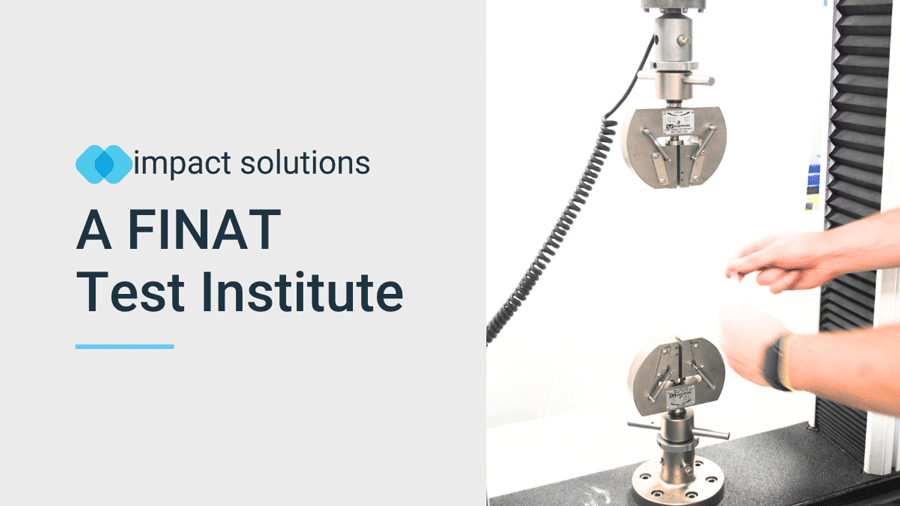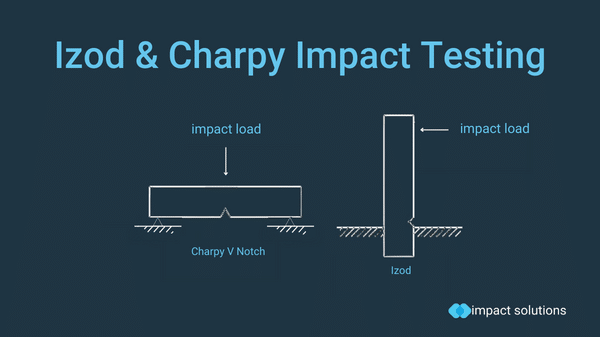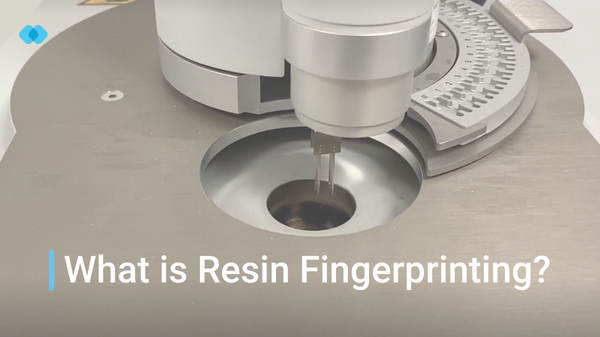Gas Chromatography and Mass Spectrometry (GC-MS)
Gas Chromatography and Mass Spectrometry (GC-MS) are two technologies used together to determine what components are within a substance and in what quantities. This process is essential for various analytical applications, including:
- Persistent Organic Pollutants Analysis – Identifying and quantifying hazardous organic compounds
- Additives Identification – Analysing the presence of specific additives in materials
Each technology involved works differently, and understanding how they interact is important to grasp the GC-MS process.
How does the Gas Chromatograph work?
The inner workings of the GC are commanded by three main components: a heated inlet, an oven, and a fused silica column.
Samples are dissolved in a solvent and injected into the inlet port, where the liquid is vapourised. Once vapourised, the gas is carried through a column, separating substances based on their retention time. This is determined by how different substances interact with the stationary phase inside the column. The separated substances then enter the detector (the mass spectrometer) in the order they leave the column, producing a chromatogram graph with the results.
How does the Mass Spectrometer work?
The mass spectrometer acts as a detector for the gas chromatograph, analysing the separated components. A beam of electrons ionises the components, creating electrically charged ions, which are then fragmented based on their size and charge. These ions are accelerated and deflected by a magnetic field, with heavier ions being less deflected than lighter ones.
The mass spectrometer produces a graph called a mass spectrum, displaying the mass-to-charge ratio of the fragments. This provides information on the compound’s relative abundance and intensity, allowing for precise identification.
Our Analytical Capabilities
Impact Solutions analytical lab is fully equipped to conduct a range of GC-MS testing. For more information about our GC-MS testing services, contact us today.
Head to our Facebook or LinkedIn to stay up-to-date with our latest news.
More Analytical Testing
Have a question?
Speak to our specialists




